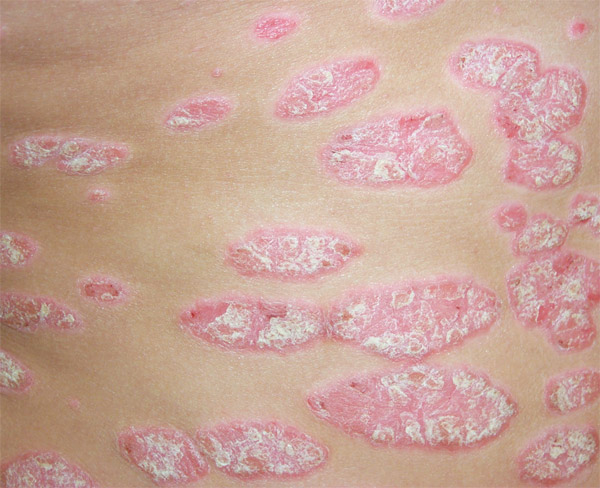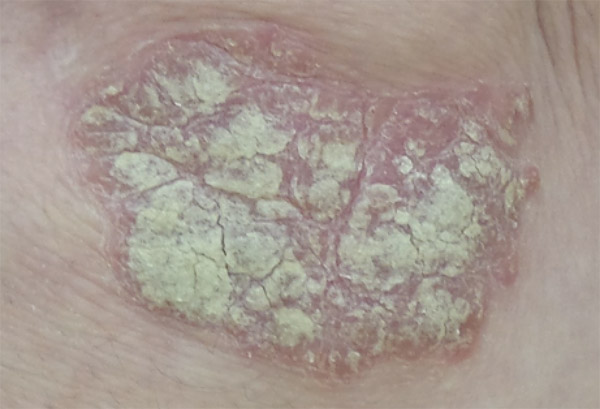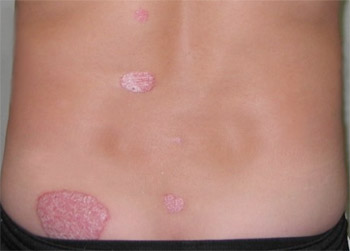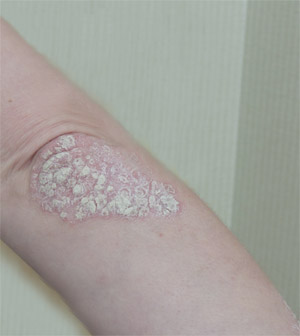
Learn more about psoriasis.
Read about available treatments.
Learn about your psoriasis.
Express what is important to you.
Compare treatments with your values.
Your results and next steps.
Learn more about psoriasis.
Patient decision aids are tools to help patients and doctors make healthcare decisions together. This can help you learn more about psoriasis and compare your options. You can bring the results from this decision aid to your doctor to help make a treatment decision together.
This decision aid explains the treatments available for psoriasis in the United States and Canada. It helps clarify the values that are important for choosing a psoriasis treatment. Many of these treatments may be available in other regions too. Talk to your doctor to see what is available for you.
There are many different types of psoriasis. This decision aid is for plaque psoriasis. For other types of psoriasis, see the more info section below.


Psoriasis is an immune system disease. It causes the skin to develop raised, red, scaly patches. Patches can itch, burn, or sting.
Psoriasis scales range from small spots to large patches that cover wide areas of skin.
It usually shows up on the elbows, knees, and scalp. But it can appear on any other body part.
We all shed skin cells on a regular basis. Healthy skin sheds about every 30 days. Skin with psoriasis can shed every 3-4 days.
Psoriasis is chronic, meaning it lasts for a long time. Spots can come and go over time.
Flare-ups are times when your psoriasis gets worse. Most people experience flare-ups as well as times of few or no spots.
Psoriasis is not contagious.
Psoriasis is common. Approximately half a million Canadians and 7.5 million Americans have psoriasis.
Psoriasis often develops between age 15 and 35. However, it can happen at any age. It is rare for babies and children to develop psoriasis.
People from all ethnic groups can develop psoriasis.
Men and women are both just as likely to get psoriasis.
We do not know the exact cause of psoriasis. But there are some known risk factors:
There are many triggers that may lead to flare-ups. These can be different for everyone. Some of the most common are:

Learn about psoriasis and possible treatment options. Doing this can help you:

Take care of yourself.
Pay attention to your mood. Get help if you feel depressed or anxious. See your family doctor.
Check out patient organizations for information and support.
Last Updated: August 2020 with support from the Canadian Psoriasis Network